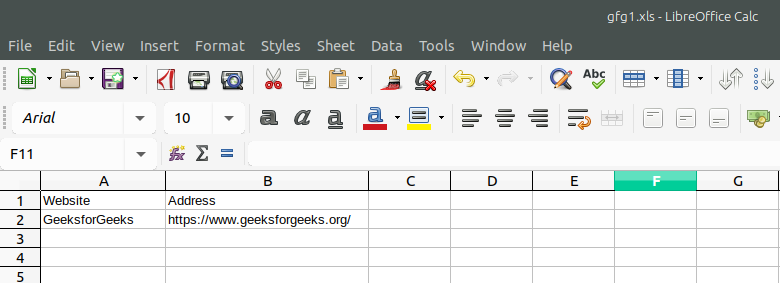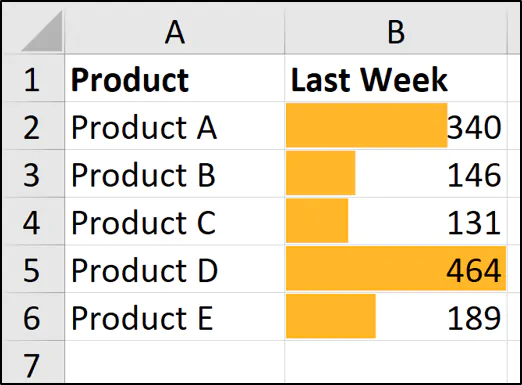Master Excel: Create Your Spreadsheet with Ease

Introduction to Excel

Microsoft Excel is a powerful tool used globally for data analysis, organization, and visualization. Whether you’re compiling data for a business report, managing finances, or simply organizing a personal project, Excel can make your work not just manageable, but efficient and insightful.
Getting Started with Excel

Before diving into the complexities of Excel, let’s start with the basics:
- Open Excel: Launch Excel from your Start Menu or Applications folder.
- Interface Overview: Excel’s interface includes ribbons, tabs, and a workspace known as a worksheet.
Excel Interface

| Component | Description |
|---|---|
| Ribbons | Contain groups of commands organized by tabs. |
| Worksheet | Area where data is entered and manipulated. |
| Formula Bar | Used for entering and editing data or formulas. |

Understanding these basics is crucial for navigating Excel effectively.
Basic Operations in Excel

Here are some essential operations every Excel user should know:
- Entering Data: Click into a cell and start typing.
- Selecting Data: Click and drag to highlight cells.
- Copying and Pasting: Right-click or use shortcut keys Ctrl+C for copy, Ctrl+V for paste.
- Formatting Cells: Change fonts, colors, borders, etc., to make data stand out.
These operations form the foundation for more advanced features like formulas and functions.
Formulas and Functions

Excel’s true power lies in its ability to perform calculations using formulas and functions. Here are some common ones:
- Sum: Use
=SUM()to add up values in cells. - Average: Use
=AVERAGE()to find the average of a range of cells. - IF: With
=IF(), you can execute conditional logic.
💡 Note: Always double-check your formulas for accuracy, especially when using relative and absolute cell references.
Data Visualization with Charts

Excel can turn your data into compelling visual stories through charts:
- Creating a Chart: Select your data, go to the ‘Insert’ tab, and choose your chart type.
- Customizing Charts: Use chart tools to modify elements like the title, axis, legend, and color scheme.

Advanced Excel Features

Once you’re comfortable with the basics, explore these advanced capabilities:
- Data Validation: Set rules on what data can be entered into cells.
- Pivot Tables: Summarize, analyze, and explore large datasets interactively.
- VBA (Visual Basic for Applications): Automate tasks with macros.
🛠 Note: Macros can save time but should be used cautiously due to security implications.
Conclusion

Mastering Excel isn’t just about knowing all its features; it’s about using them to work smarter, not harder. From basic data entry to complex data analysis, Excel provides tools that can transform the way you handle information. Remember, practice is key, so don’t hesitate to experiment with different functions and features to become proficient.
What are the most common Excel functions for beginners?

+
Beginners should familiarize themselves with functions like SUM, AVERAGE, MAX, MIN, and IF, as these cover a wide range of basic data manipulation tasks.
How do I share an Excel spreadsheet?

+
You can share spreadsheets by saving them on cloud services like OneDrive or Google Drive or by exporting them as PDF or other compatible formats for sharing through email or collaboration platforms.
Can Excel be used for project management?

+
Yes, Excel can be adapted for project management through the use of templates or creating custom trackers. Features like conditional formatting, charts, and pivot tables make it useful for tracking tasks and progress.